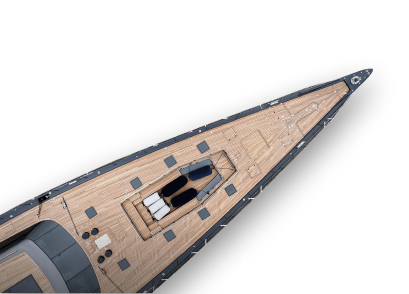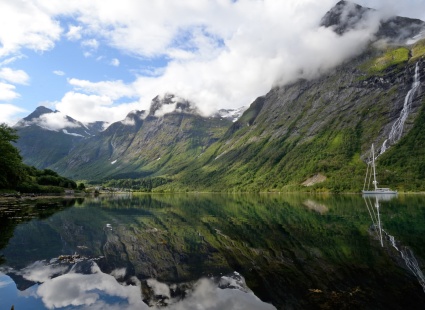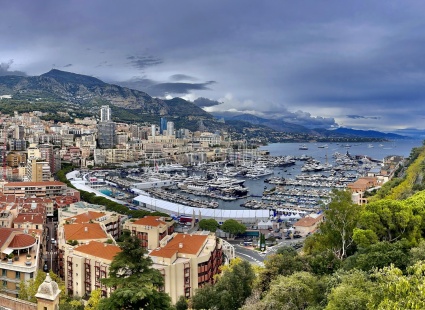Sarissa's eco credentials
Sailing yachts versus motoryachts are at the head of the line when it comes to being eco-conscious. Deriving power from nature — the wind — is unquestionably greener and more eco than any sort of hybrid propulsion, with the added bonus that the wind is free. From conception, Sarissa’s owners have actively sought environmentally friendly solutions that also enhance the yacht’s performance, improve her owners’ experience onboard and minimise impact on the natural world as much as possible.
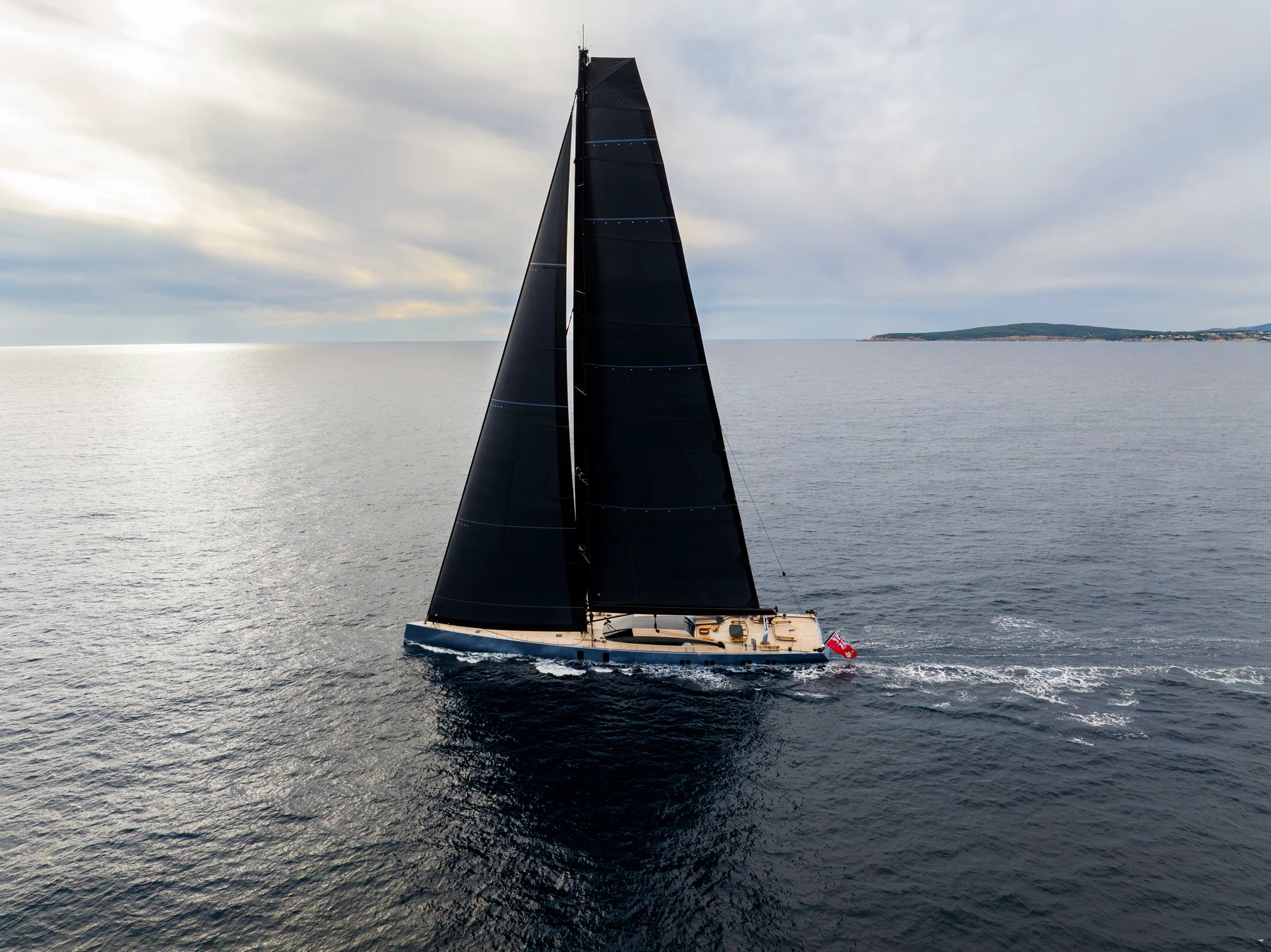
Owners’ representative captain Gregory Monks explains: “From the early stages of the project, it was clear that efficiency in design — both above and below the water — can contribute to reductions in energy demand. With that in mind and in order to reduce the demand on fossil fuels and overall emissions, we sought the most efficient means of generating, storing and using energy. With this ambition from day one, right through to commissioning and operation, Sarissa’s crew are continuing to take an active role in developing and maintaining high ecological standards.
Diesel Electric – batteries, efficiency
The backbone of Sarissa’s engineering is her Diesel Electric installation. A feasibility study showed that the majority of her power and propulsion needs could be met with just one generator and her 380kWh powerblock or battery bank. Her generators are variable speed, meaning that rpm’s can be managed to ensure that g / kWh fuel to energy conversion is optimised, and rpm/loads that are inefficient can be avoided. The design surpasses peak shaving – instead hotel and propulsion are provided through the DC Grid, with generator support when needed. In practice this delivers 4 to 8 hours of stored energy consumption, with a generator online just 4 to 6 times a day – reducing the time that particulate is emitted.
An online generator delivers hotel load and charges the powerbock simultaneously – thereby keeping it at its most optimum running condition.
Emission free propulsion & sailing
Sarissa’s Diesel Electric installation not only provides efficient power generation, but it also gives the opportunity for both emission- free propulsion and sailing. Stored energy powers the yacht’s electric propulsion, bow thruster and the majority of sail handling equipment. If hydraulics are required, their pumps are also electric drive. Here too, efficiency in torque density and energy efficiency is gained through application of axial flux motors. It could be quite feasible to leave a marina with powerblock fully charged, sail, then return to dock without having started a generator.
Sarissa’s retractable propulsion system during testing and commissioning at the shipyard in Vollenhove

Retractable Propulsion
From the outset, Sarissa’s owners were keen to be able to enjoy the most efficient hydrodynamic sailing performance, so several retractable options were explored – settling with twin forward facing retractable electric propulsion units. These innovative units also rotate, eliminating the need for a stern thruster. The key benefits of these units, again with an efficient electric motor, are that they minimise the energy losses. The motor is mounted vertically within the propulsion leg, with just one mechanical gear from DC Grid to propellor delivering both efficient and quiet propulsion. While sailing as well as at anchor the owners regularly delight in explaining to their guests that both props are retracted, and that we are running purely on battery stored energy without exhaust fumes.
Regeneration
Aside from providing efficient sailing, an alternative advantage is that either one or both retractable electric propulsion units could be left lowered and allowed to rotate while sailing to regenerate power and top up the powerbock. Under the right conditions, it’s quite feasible to imagine emission- free power generation for battery charging. In addition, the electric drum and captive winches all feed back to the DC grid, so for the short durations that a motor spins when a loaded sheet is eased, the energy produced is utilised.
Above deck
Equal consideration has been given to the aerodynamic design of Sarissa’s mast, rigging, deck and coach house on deck. Sarissa’s standing rigging is an advanced aerofoil section designed to reduce drag and windage, not only under sail – but also when motoring. The same aerofoil design is employed in the mainsheet arch tie rods. Also, the deck plan — with her tender stored beneath a deck hatch — and low-profile coach house – not only enable excellent visibility for the helmsman, but these design elements all contribute to reduced fuel consumption when sailing isn’t possible.
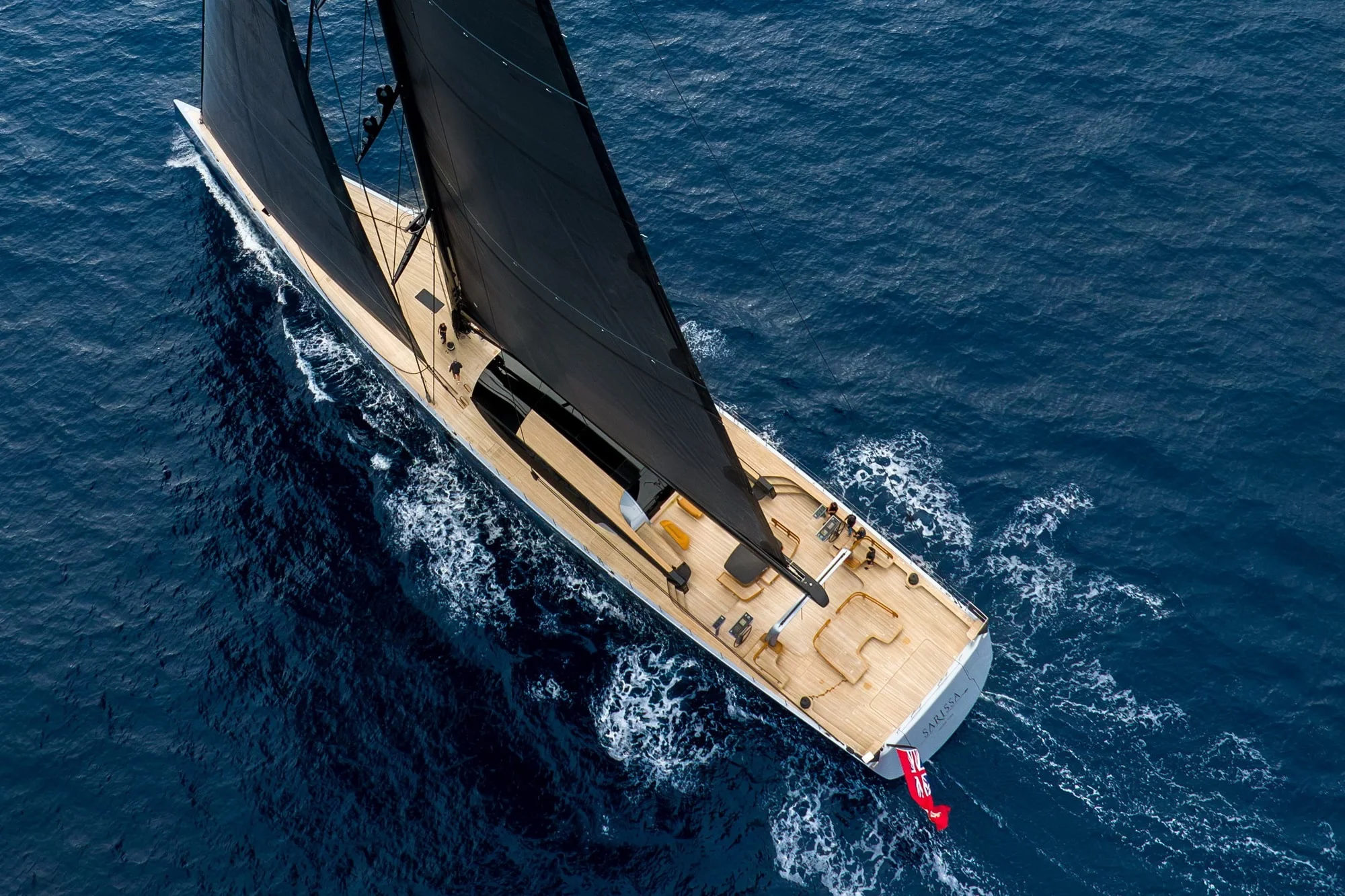
Wastewater treatment plant
and products used on board
Having been dissatisfied with the quality of discharge experienced on other vessels, Sarissa’s owners elected to install a Piranha Biological Marine Sanitation Device, manufactured by ACT2 in USA. The system treats all wastewater on board, combining both Grey & Black water and uses a combination of settling, aeration, enzyme digestion and ultra- fine filtration. Its discharge exceeds that required of MARPOL, is clear and odour free, and an addition of a Nano filter would make it fit for re-use – including for human consumption. To keep the biological enzymes ‘alive, it’s essential that all cleaning and bathroom products are genuinely 100% biodegradable and nontoxic. Therefore, in terms of discharge and impact on the ocean, Sarissa is as impact free as possible.
Food Waste
Similarly, the galley is equipped with a ‘food digester’, which also uses biological enzymes to breakdown and digest up to 10kg of food waste every day. This avoids the need to store, then transfer sacks of waste which undoubtedly end up in landfill in some parts of the world. Furthermore, its efficiency takes away the temptation to dispose of the food waste in other unethical ways.
Waste & Recycling
Day-to-day Garbage Management onboard is conducted by the crew. All onboard waste is categorised and sorted for recycling in accordance with the Garbage Management Plan. This is aided with the installation of a compactor for plastics or cardboard, and a glass crusher for bottles and jars etc. Both devices enable the means for more compact and efficient storage of waste for recycling at a later date and takes away the temptation to dispose of it in other unethical ways.

The team at Boat International’s Design & Innovation Awards in Kitzbühel, Austria. Warmest congratulations to the owners, designers and architects of Sarissa for winning the Eco awards (and multiple more awards).
Energy efficiency
All vessels require a Ship Energy Efficiency Management Plan. Sarissa’s crew worked together with Management on developing a plan to ensure that it was measurable and achievable – no doubt the captain and crew’s ingenuity and dedication were stretched beyond what is the norm. Reducing energy consumption, reduces fuel requirements – therefore across all departments we consider that which is the simplest and engages common sense – turn off lights when not required and reduce air-conditioning in areas not in use.
For initiatives that that require more foresight – we plan voyage routing to permit sailing rather than motoring, departing with clean hull rather than fouled, and we consider the operational -optimized rudder and autopilot use, to reduce off track and reduce rudder movements, plus we operate at fuel efficient rpm when possible.”
Overwhelming rain of prestigious awards for Sarissa at Boat International’s Design & Innovation Awards:
- Eco award for her board systems
- Innovation of the year: the forward facing retractable electric propulsion
- Best exterior design sailing yachts
- Best interior design sailing yachts
- Best naval architecture sailing yachts
Learn more? link
